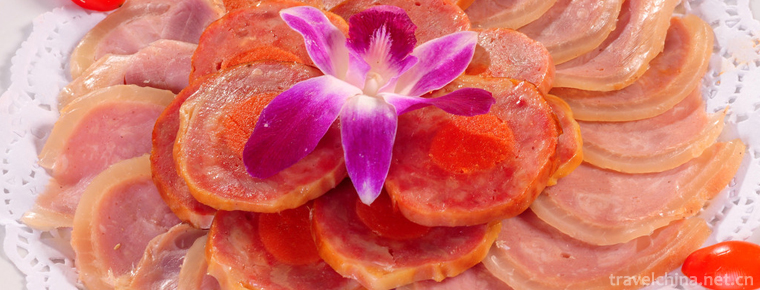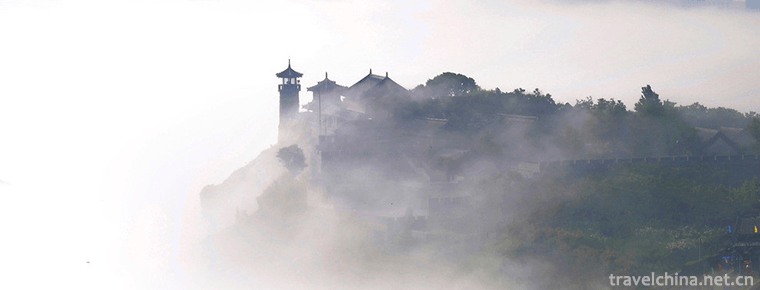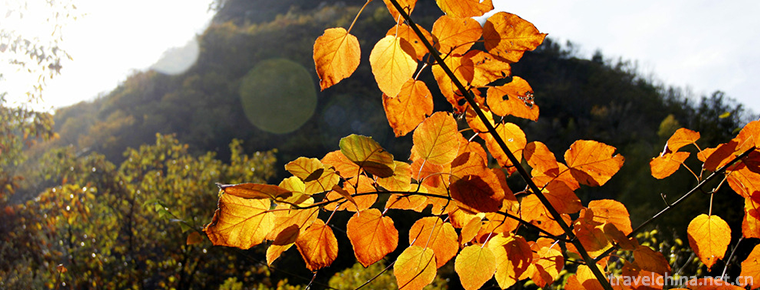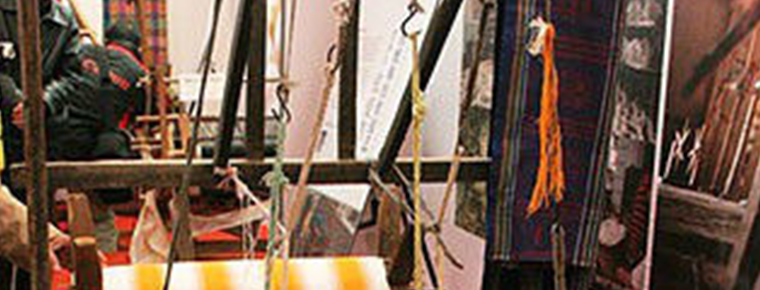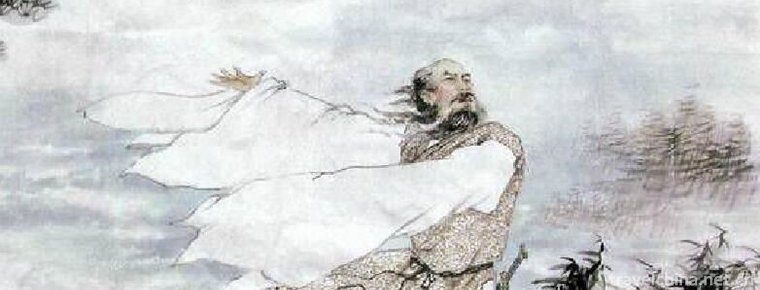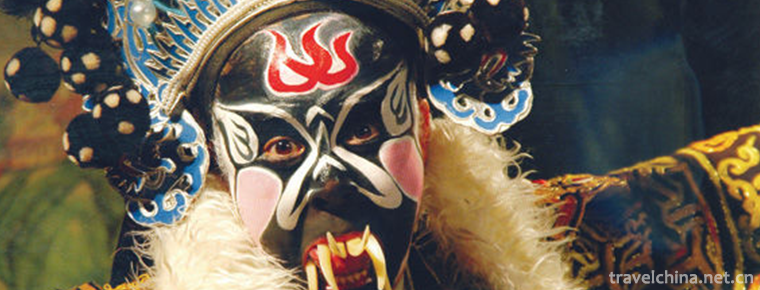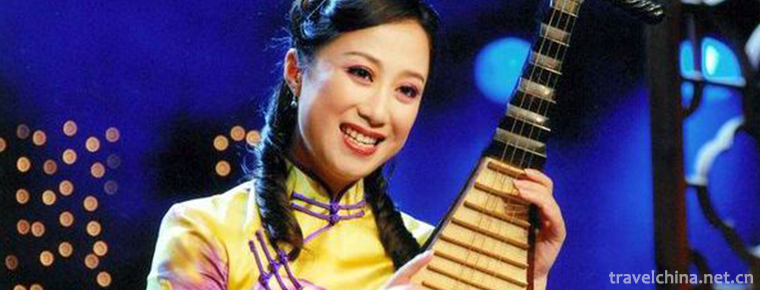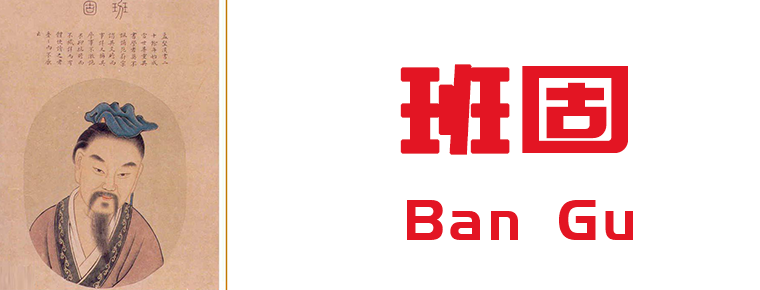Maogus Dance of Tujia Nationality in Western Hunan
Maogus Dance of Tujia Nationality in Western Hunan
Maogus Dance of Tujia Nationality in Western Hunan Province, the traditional dance of Tujia and Miao Autonomous Prefecture in Western Hunan Province, is one of the national intangible cultural heritage.
The Tujia language of Maogus Dance in Western Hunan is called "Gusi Papa Dance", "Papagci" or "Papa Card", which means husband. It is an ancient dance of Tujia people commemorating their ancestors, exploiting wilderness, fishing and hunting. Chinese is often called "Maogus" or "Mao Hunting Dance". Maogus dance originated from Tujia sacrificial rites. It is an ancient dance form of Tujia nationality in Western Hunan. It is an ancient dance that is danced every New Year's Day.
On May 20, 2006, the Tujia Maogus Dance in Western Hunan was approved by the State Council to be included in the first batch of national intangible cultural heritage list, the heritage number: III-31.
Historical Origin
In ancient times, in the Tujia area of Western Hunan, the forests were reckless, the thorns were everywhere, and the population was scarce. The Tujia ancestors hunted for food or went up the mountains or down the rivers to fish. Later, he entered the era of farming from fishing and hunting. Legend has it that a young Tujia went down to the mountains alone to learn farming skills, and then rushed back to the village to teach skills. He went camping all the way, and his clothes were torn to pieces by the thorns in the mountains and forests. When he returned to the village, it was night, just in time for Tujia's "New Year" celebration and other activities, such as dancing and waving. He hid in the weeds beside the year-changing venue to watch the year-changing activities. Unexpectedly, a few young men who participated in the New Year's Eve found him in the grass. He had to come out and pull some straw on his body in a hurry and wisely. He joined the crowd of people who participated in the New Year's Eve. He taught the villagers the farming skills he had learned in the form of dance. From then on, in order to commemorate the ancestor who imparted farming skills, Tujia people performed "Maogus" whenever they paid their vows and offered sacrifices to their ancestors.
Cultural characteristics
Basic movements
Mauguese dance has its own characteristics. The performers bend their knees, shake all over, the whole body rustles with hay, the five braids on their heads swing around and around, and the performers step back, jump left and right, shake their heads and shoulders. The contents of "dew beating", "sweeping in and out", "hunting around", "hunting to celebrate victory" can be clearly distinguished according to the performance action.
Maogus dance has its own style from action to content. From beginning to end, the performances were funny and witty, with local dialects and songs. Broken step back, knee shaking, left jump right swing, whole body shaking. Shaking his head and shrugging his shoulders, and brushing the grass, were all imitations of the rough manners of the ancients. The form of jumping "Maogus" is quite free and free from the restriction of content. It can sing and dance, play games, juggle, somersault and swing.
form
The style of Mauguese dance is very simple and unique. The number of people performing "Maogus" varies from 10 to 20. One wears Tujia costumes and decorates old Maogus (called "Bapu" in Tujia language). He represents Tujia ancestors and presides over ancestor worship and performance activities. The rest are small "Maogus", representing future generations, thus forming a family. Regardless of their generations, they were dressed in straw clothes, barefoot, their faces covered with straw hats, their heads twisted with straw and brown leaves into single straw braids, and the four single braids were the actors of cattle. "Mauguese" actors beforehand
Dressed up, waiting in the woods near the Waving Dance hall, waving dance to a certain time, they suddenly entered, Waving Dance immediately stopped, to make way, saying that "ancestors" came. When jumping to "Getting Married", it is necessary to root the male genitals with straw and clamp them in both legs. No one who watches the show thinks it's a "scandal" but thinks it's true to dress up like this.
content
The large-scale dancers have to dance for six nights, mainly focusing on Tujia history, fishing and hunting, marriage, work and so on. A primitive sacrificial drama that integrates songs, dances and words.
Technological process
The procedure of Mauguese dance is divided into several sections, such as "sweeping the hall" (meaning sweeping away all plagues and ghosts to make future generations safe), "sacrificing ancestors", "sacrificing grain gods", "expressing the survival and reproduction of the whole family", "analyzing and seeking the best of everything". There are many details in each paragraph, such as the performance of wishing everything the best. Among them, there are dew, mountain repair, iron, ploughing, sowing, harvesting, bamboo shooting, bride greeting and so on. Most of the performances are performed with hand-swing dance, sometimes performed alone on certain occasions.
dialogue
The scenes of Maogus and Maogus in the Maogus dance performances "Migration", "Hunting" and "Cutting Fire Sheds" vividly show the scenes of the hard migration, hunting and farming of Tujia ancestors.
"Shoot Kerry Hmm straight"? Where are you from? )
"Lingshi Maze Hole, Ernajinaji, is straight." I came up the road that the monkey walked through the cave.
"Shoot button pinch thin which"? Where did you sleep? )
"Nakuruoka Mongol guitar pinched!" I sleep under a palm tree! )
"Shooting is a pity?" What do you eat? )
"Jiyekuruo Briga!" I ate palm seed! )
"Naked Bidad, Shooting Tati-bo, Shooting Harrier, Shooting Gepo Street is more acceptable than picking up" (Kids, keep silent, I ask you, are you here at the foot of the slope)?
"Yes! Suffer! Suffer!" (Yes! Yes! Yes! )
"Bapka, Bapka, Yikeli Uh-zhi" (Old Man, Old Man, where are you from?)
"Amy Manata is straight" (I come from heaven).
"You're green and potty" (What water do you drink when you're thirsty)?
I drink rock foot water.
"Don't you live in engraving (where are you sleeping)?
"Next to Tayala (I sleep at the foot of the rock).
"The righteousness and righteousness of the day" (you come here to do what we do)?
"Shoot and kill my sister who eats food and squeezes her sister to rest" (I hunt and cut fire with you).
"Professor Sage Ashabad?" Who is the father among you? )
"You Aba! You Aba!" I am a father! I am a father! )
"Shooting Abatai, Naked Bidad, Shooting Ababa Professor. Shooting him before he was rich, Pauna had eaten his sister and squeezed him. You have no father, children, I am your mother and father. You don't scream. Go hunting with the old man and cut down the fire. )
"Naked Bidad, is the elder sister of the industry, Fuyi Tatibo, Jisha Nali". Kids, go hunting today. Don't talk. I'll say something. )
"Food is closely related to Malta's evil fortune, Rita Tamarta takes its good fortune, and Diepo Mahaleja Polev". (Check the animal's footprints to find the bow, the net trench to secure, the meat with the hound to release. )
"Food is always lost, but Cai Fuyi is not thin." When the beast comes out, everybody is busy. )
"Naked Bidad, also squeezed Ji, Fuyi Bollina". Boys and girls, the fire has been cut off and everyone has a rest. )
"Naked Bidad, it prickles the ancients, but Mocha, Fuyi fight also seize things." Children, don't play. It's a fine day today. Let's go to the fire. )
Naked Bidad, good things, it is ancient things, rich and righteous play by the slope. Boys and girls, it's burnt out. Everyone's off work. )
Dance Costume
The most prominent feature of the dance is the style of costume. The performers wear grass clothes and bark, simple and generous, with a very primitive style.
Inheritance and Protection
Inheritance value
The performance of Maogus is bold, bold and vigorous. It enables people to appreciate the beauty of primitive art in the Five Wastes Period. It is the living fossil for people to study the history of Tujia nationality. Although there is no written language in Tujia, Maogus has been handed down from generation to generation and continuously improved in its inheritance. It is of great value not only to the study of Tujia's original life form and life style, but also to the preservation of ancient belief symbols such as natural worship, totem worship and ancestor god worship, as well as freehand brushwork, fictitiousness and virtuality in its performance form. Imitation and other artistic elements are a precious cultural heritage.
historical value
1. It recorded the fishing and hunting of the "Youxi people" from the early stage of patriarchal society to the period of the Five Dynasties, the production and life of farming, the marital customs, and the survival and reproduction of the primitive Mao people in Western Hunan. It shows that the Chinese civilization is not only five thousand years, but also goes further.
2. It extends the historical process of Tujia ancient civilization with abundant contents and archaeological sites of Paleolithic and Neolithic tools in Youshui basin, western Hunan.
Cultural Value
1. From the perspective of cultural anthropology, it is a precious ancient heritage.
2. From the perspective of theatre genesis, it is an ancient root of Chinese opera, from which we can find the founding reasons of the elementary features of opera, such as freehand brushwork, virtuality and imitation, and the causes of the forms of singing and dancing performances. Therefore, some opera experts praise it as the "farthest source of Chinese opera".
3. From the perspective of dance genetics, it is an ancient root of Chinese national dance, known as the "farthest source of Chinese dance".
4. From the perspective of religion, it retains all kinds of spiritual symbols left over from the ancient times, such as nature worship, totem worship and ancestor worship. Its witchcraft words, witchcraft, witchcraft songs, witchcraft incantations and witchcraft sacrifices provide precious "living fossils" for people to study the religious sources of the ancient times in China.
Current situation of inheritance
Li Yunfu was invited to perform 83 performances in various literary and art exhibitions in Xiangxi, 23 performances in tourist attractions both inside and outside Hunan Province, 8 performances for professors, experts, research and school exchanges, and 87 mauguese dancers were trained to be the inheritors and become the old folk artists of both Deyi and Xin. In the autumn of 2005 and the summer of 2008, Li Yunfu led the Mauguese Dance Team of the Tujia Nationality in Duolongshan. He was invited to attend the Shanghai International Art Festival and Chengdu International Festival of Non-Heritage, which aroused great interest and praise from experts at home and abroad. In 2007, Li Yunfu and his Mauguese Dance team participated in the performance of the "Kung Fu Planet" Guzhang Competition Area in China, which caused great sensation to the athletes at home and abroad.

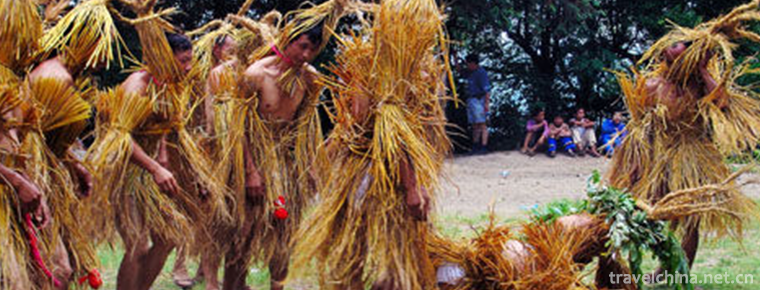
-
Penglaige tourist area
Penglaige Scenic Area, located in Danya Mountain, northwest of Penglai City, Shandong Province, is a national AAAAA-level tourist attraction with an area of 18,500 square meters.
Views: 104 Time 2018-12-08 -
Guangyou Temple Scenic Area
Guangyou Temple is located in Liaoyang City, Liaoning Province, with Baita in the West and moat in the east. It covers an area of 60,000 square meters. The central axis of the north and south is archw.
Views: 150 Time 2019-01-13 -
Muzhaling Luoyang
Located in Checun Town, Songxian County, Luoyang City, Henan Province, Luoyang Muzhaling is a National Nature Reserve of Funiu Mountain and a world geological park..
Views: 132 Time 2019-02-06 -
Traditional Cotton Textile Techniques
Chinese traditional textile technology has a long history. Since cotton was introduced from India in the 7th century, Chinese textile industry has changed from linen to cotton. .
Views: 219 Time 2019-04-19 -
The Dragon Boat Festival
Dragon Boat Festival, also known as Dragon Boat Festival, Double Boat Festival, Midday Festival, Dragon Boat Festival, Zhengyang Festival, Bath Orchid Festival, Tianzhong Festival,.
Views: 99 Time 2019-04-28 -
Ninghai Pingtao
Ninghai Pingdao originated in the late Ming and early Qing Dynasty and was popular near Ningbo. It has a history of three or four hundred years. Ninghai Ping Tune belongs to the branch of Xinchang Tun.
Views: 124 Time 2019-06-08 -
Quyi
Quyi is the general name of all kinds of "rap art" of the Chinese nation. It is a unique art form formed by the long-term development of folk oral literature and singing art. According to in.
Views: 158 Time 2019-06-11 -
Ban Gu
Ban Gu (32 - 92 years), Meng Jian, Fufeng An Ling (now Shaanxi Xianyang Northeast China, famous in Eastern Han Dynasty historian , Litterateur 。 Ban Gu's birth Confucianism Family, father Ban Bi Uncle.
Views: 259 Time 2019-09-06 -
Concept of Cheongsam
Whether "Qipao" refers specifically to the Qipao in the Republic of China or includes the "Qiren's Robe" or "Qinu's Robe" in the Qing Dynasty. The definition of the concept of Qipao is as controversial as the origin style of Qipao..
Views: 313 Time 2020-12-11 -
The tertiary industry of Panzhihua
In 2018, the total retail sales of consumer goods in Panzhihua reached 36.126 billion yuan, an increase of 10.8%. In terms of business location, the retail sales of consumer goods in urban areas were 33.036 billion yuan, an increase of 10.7%; the retail sales of consumer goods.
Views: 207 Time 2020-12-14 -
Meishan landform
Meishan city is high in the West and low in the East, high in the South and low in the north. The territory of mountains and horizontal, hilly ups and downs, dense river network. The central part is the broad Minjiang River valley plain. Guangdongdong mountain in Hongya.
Views: 318 Time 2020-12-18
